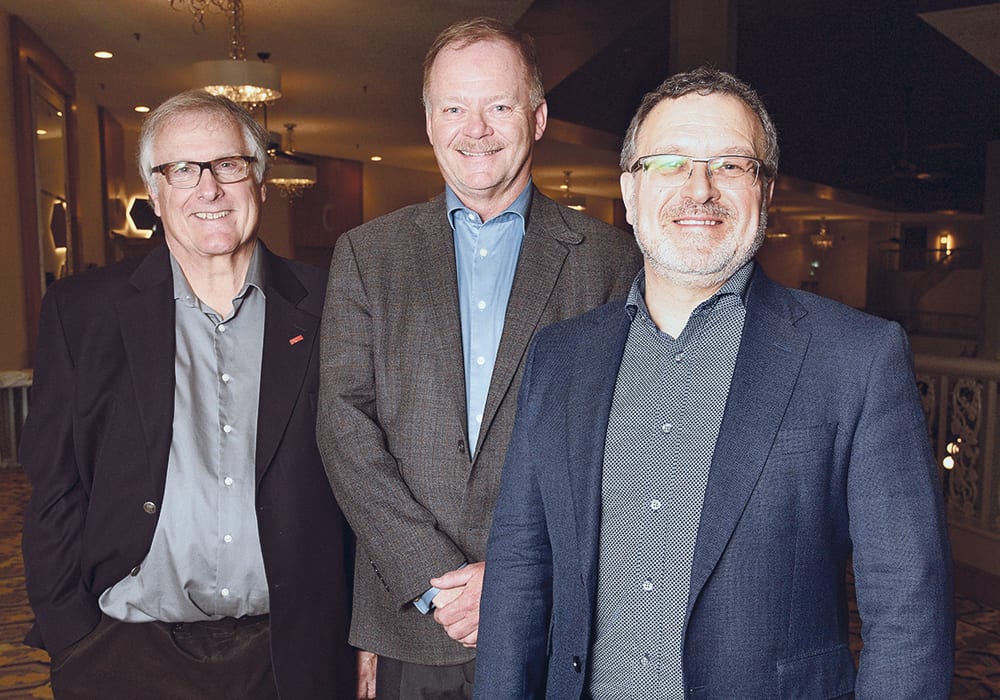Efforts to maintain good health in pigs during transport has the Prairie Swine Centre testing a new trailer design.
Murray Pettitt, the centre’s chief executive officer, summarized several projects underway at the research facility during the Saskatchewan Pork Industry Symposium held in Saskatoon Nov. 14-15.
One key study is development of an air filter transport trailer to reduce the exposure risk to airborne disease infections and to address comfort levels for pigs in conventional transport trailers.
“The goal is rather than have it naturally ventilated as it’s transporting these animals, all the air enters a compartment that is forced through filters, which are to trap any viruses or other pathogens and protect the pigs from that. We’ve shown that can be extremely effective in keeping the pathogens out and the comfort of the pigs and the trailer would be pretty appropriate for the conditions tested so far,” Pettitt said.
Read Also

Breaking down successful winter feeding into six steps
It’s that time of year when it is important to start planning for a cow herd’s winter feeding program. Here are six steps I think are necessary to consider when getting your feed tested.
The total equipment and install costs using the 60-pig prototype were about $110,000.
Preliminary conclusions during two road tests showed about a 97 percent reduction overall in bacteriophage concentration from the outside of the trailer to inside. Thermal conditions were also maintained within an acceptable range. Relative humidity and carbon dioxide were maintained at levels comparable to inside swine barns.
“It does show that it is possible to start looking at this technology and see if it can pay for itself,” he said.
“Now we’re going to upscale that and ensure that we can keep pathogens out of the trailer and also test the trailer under more severe weather conditions — the cold of winter in this part of the world and the heat of summer.”
















